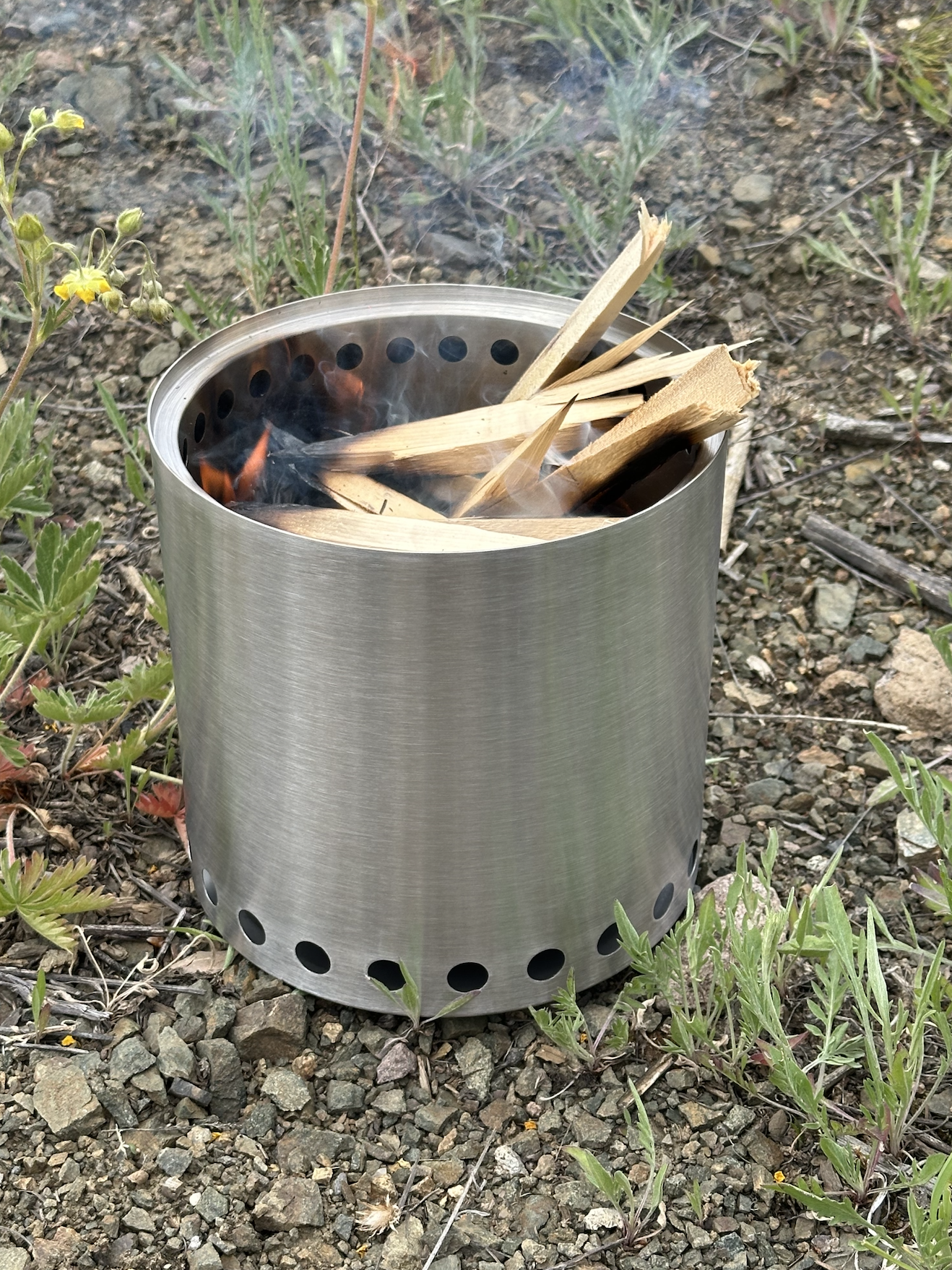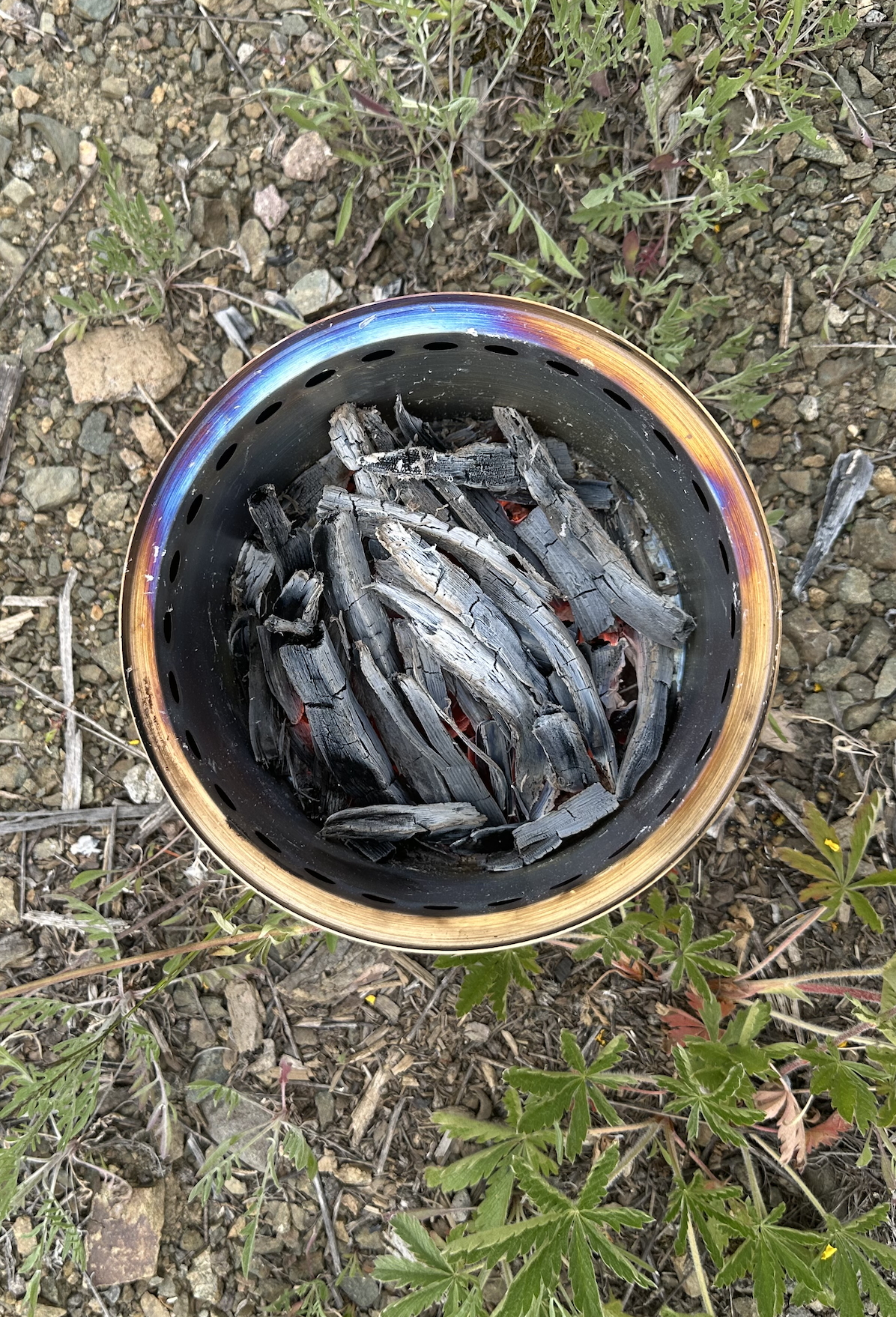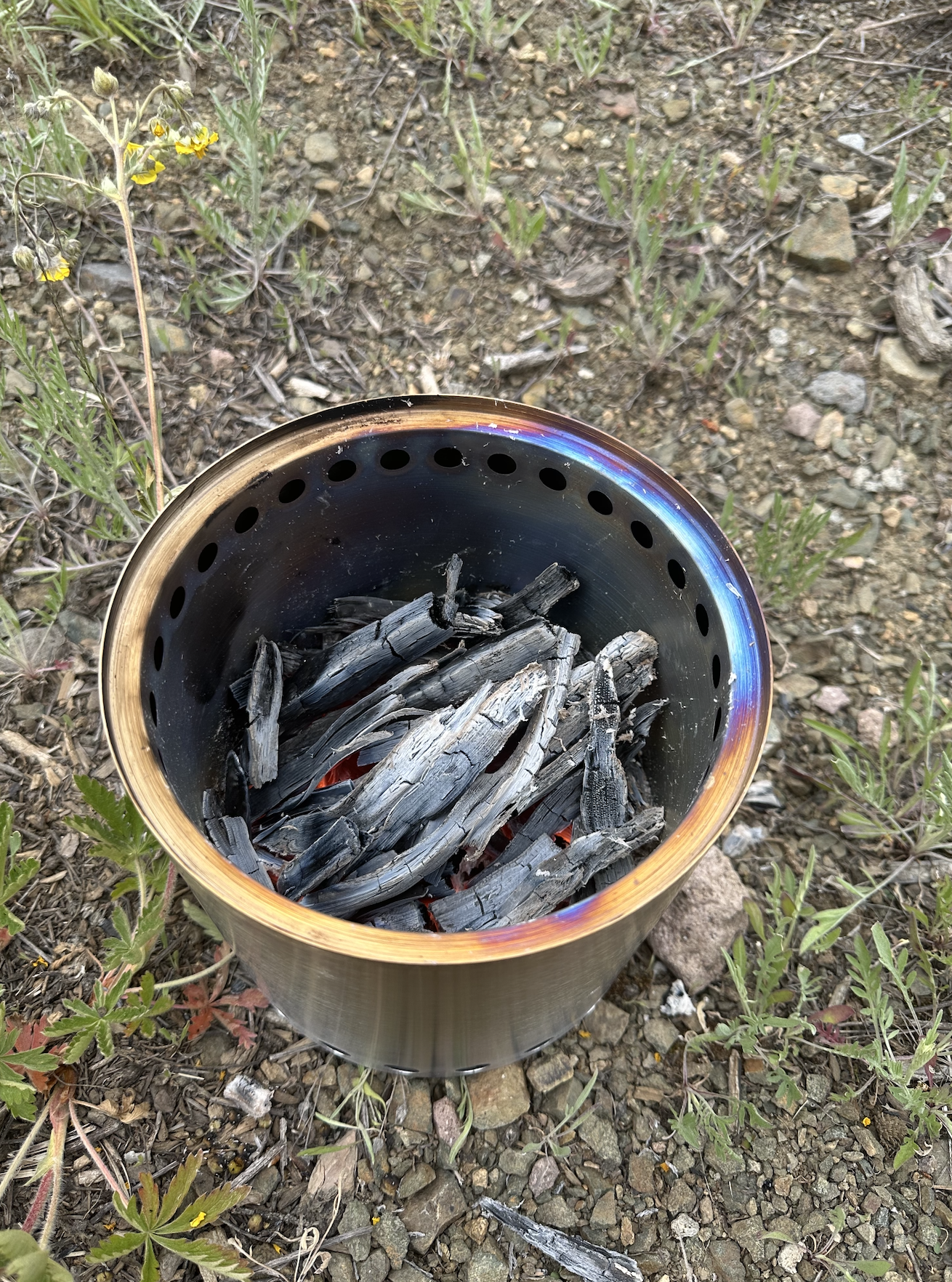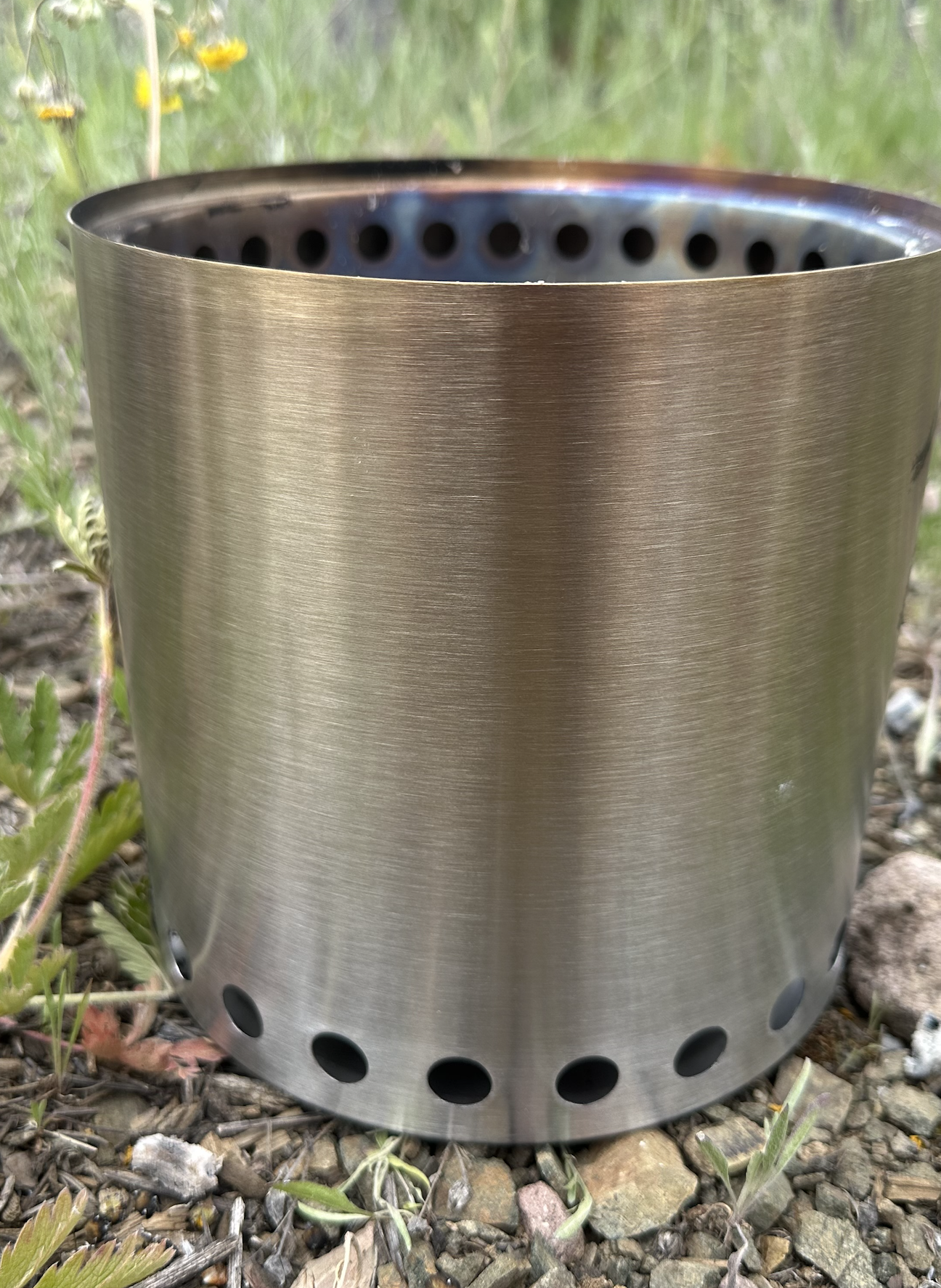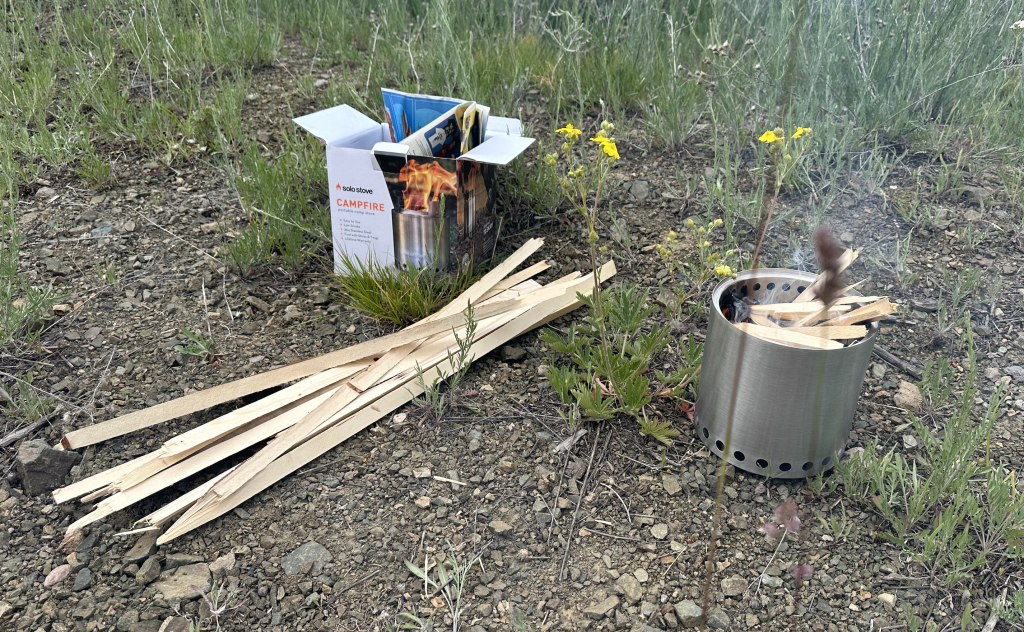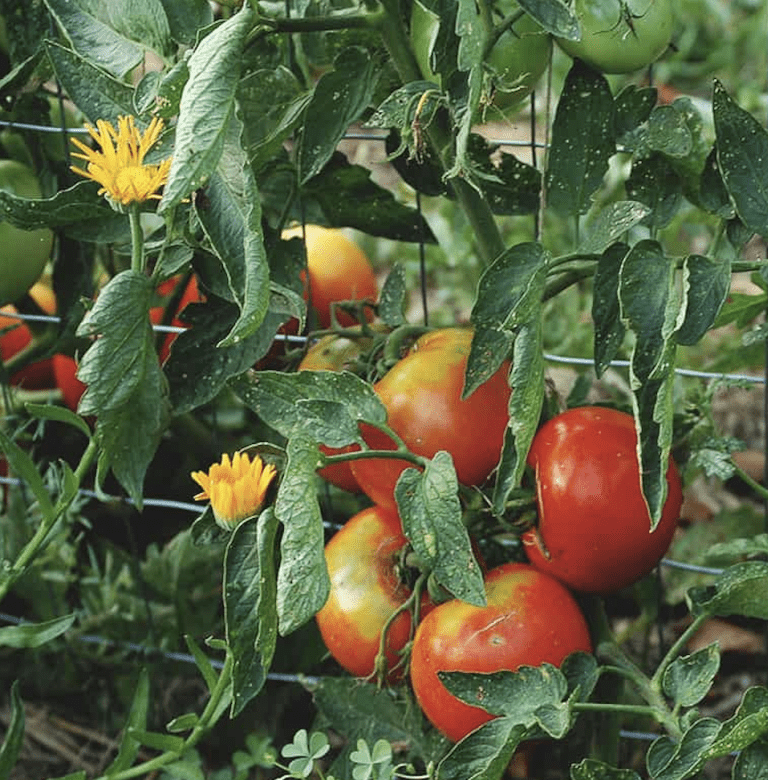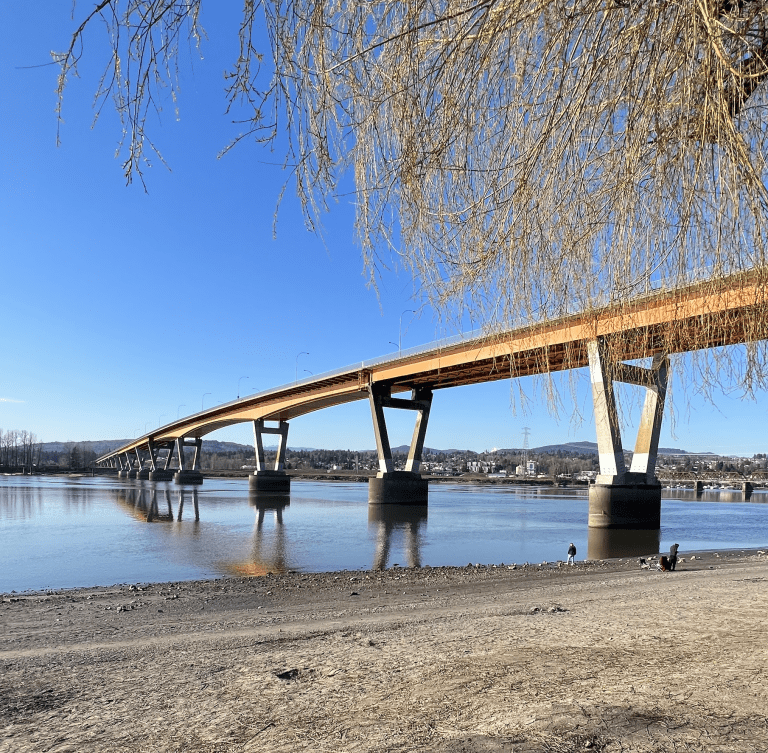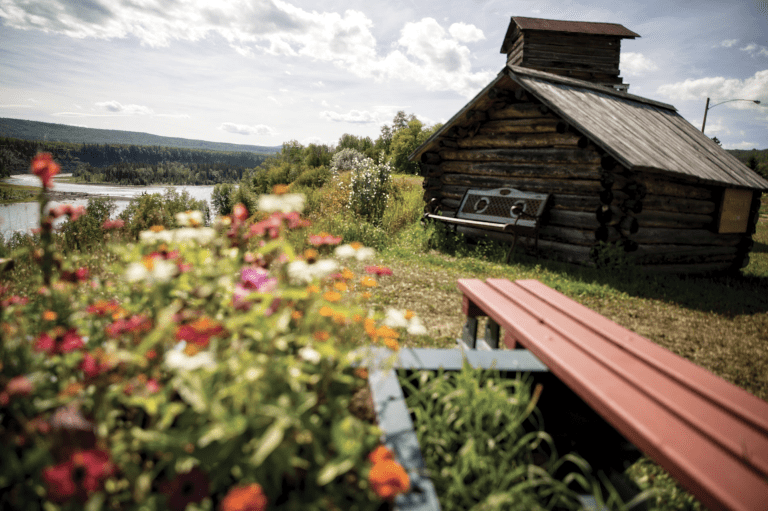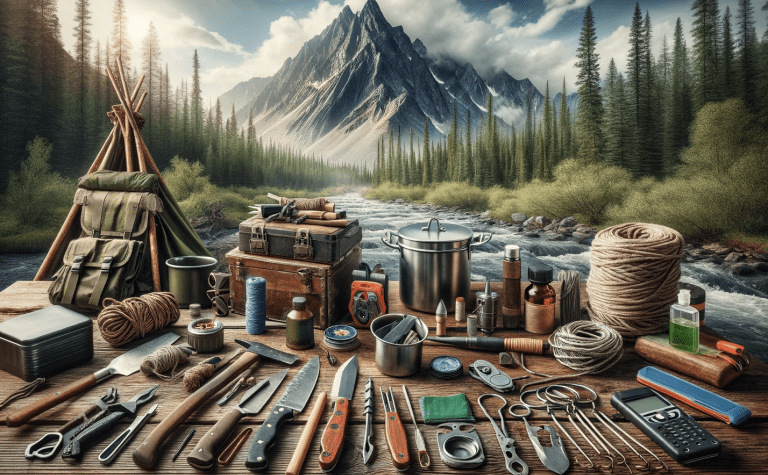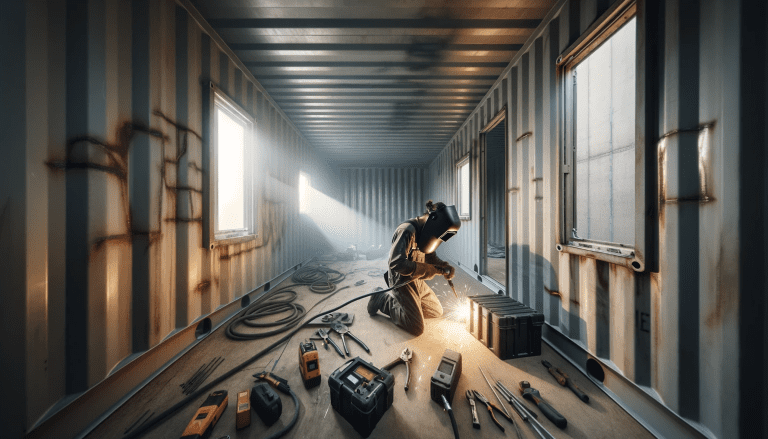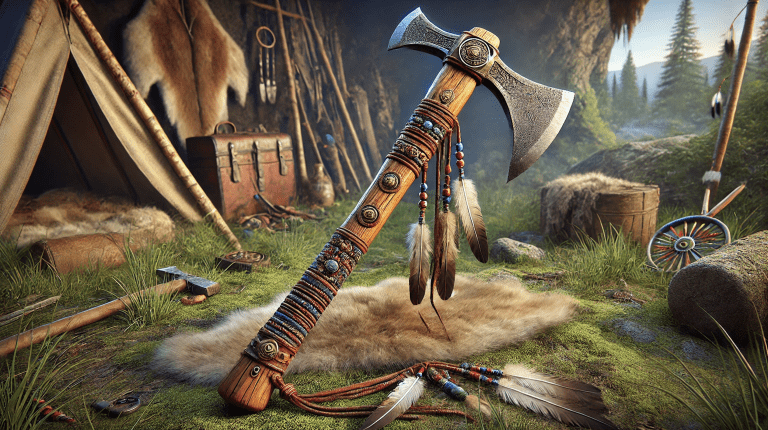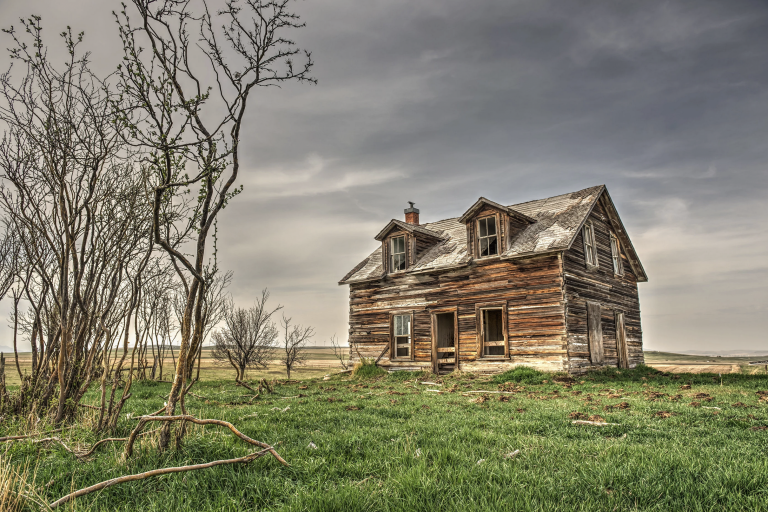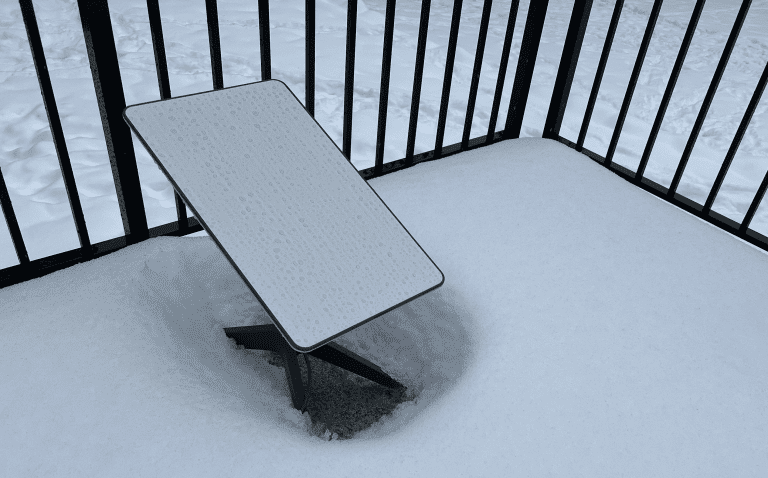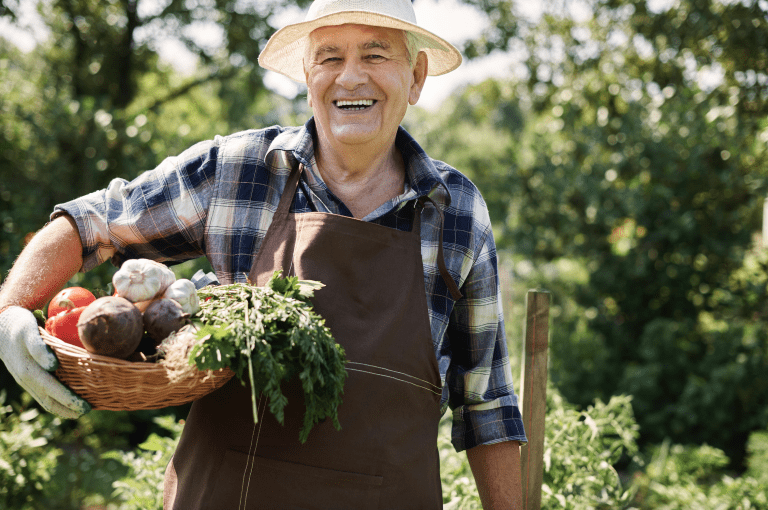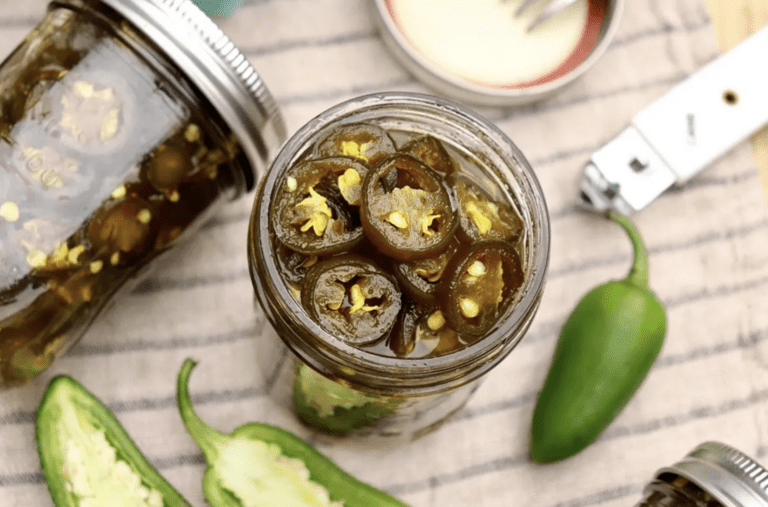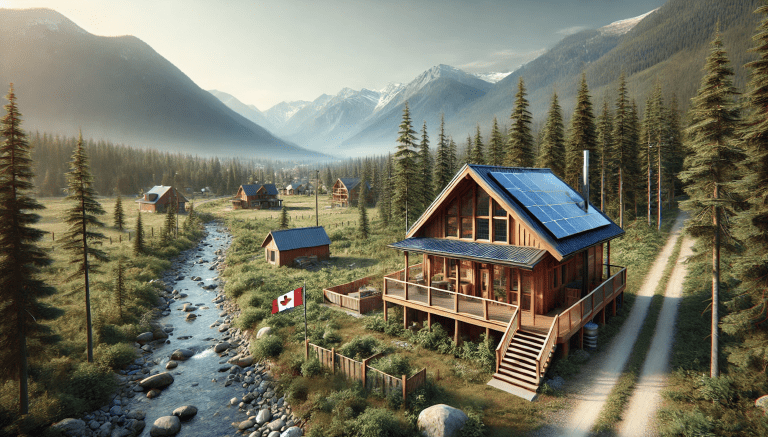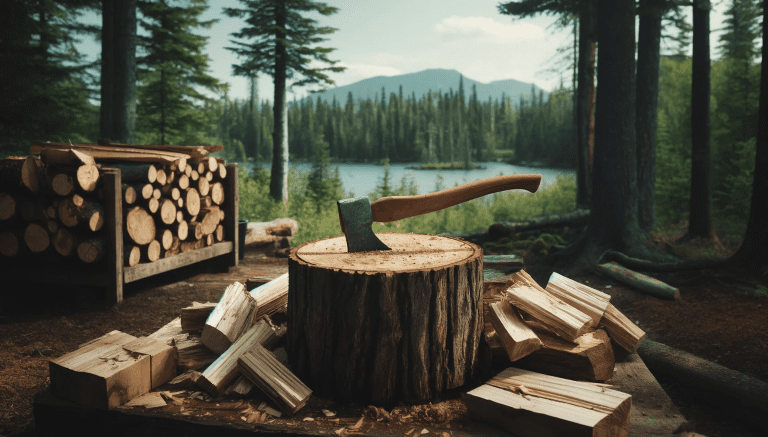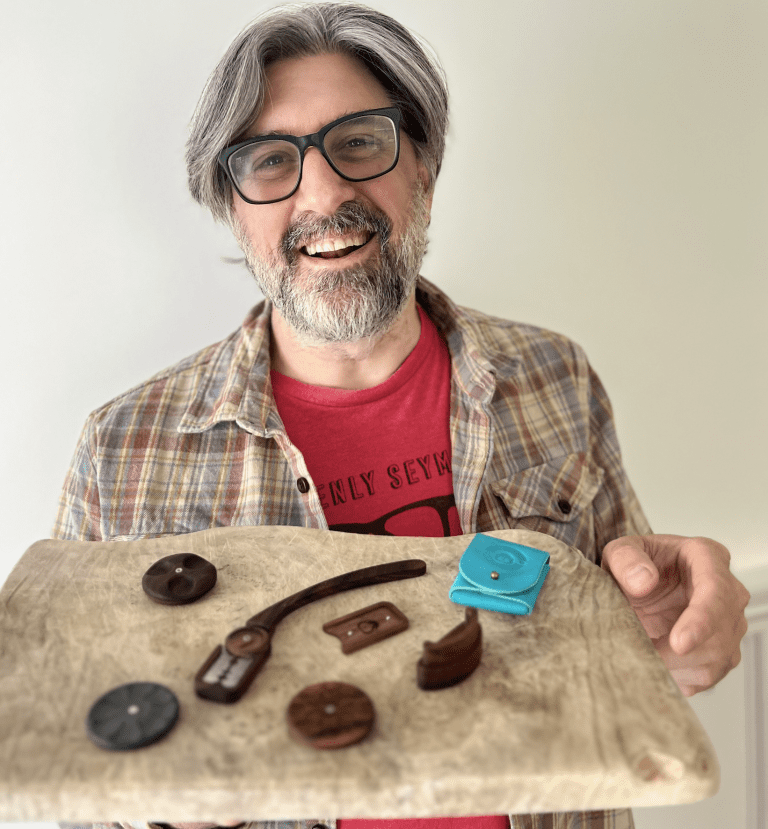Located in the heart of the Fraser Valley in British Columbia Canada, Wild Bluebell Homestead tests outdoor gear where it matters—on rugged terrain, during wildfire season, and under real-world conditions. In this in-depth technical product review, we’re evaluating Solo Stove’s full lineup—Mesa, Ranger, Bonfire, Yukon, Canyon fire pits, as well as Lite, Titan, and Campfire wood-burning camp stoves—to see how their patented smokeless combustion engineering performs in wildfire-prone zones like Manning Provincial Park. Whether you’re boiling water creekside, warming up off-grid, or hosting backyard gatherings, Solo Stove promises a modular and efficient fire experience for Canadians who work and live outdoors.
Key Features
360° Airflow Double-Wall Combustion
Solo Stove’s combustion system uses a patented double-wall structure with lower vent holes to draw in air from beneath. Hot air rises between the walls and exits through top vents, creating a secondary combustion zone that burns particulates and produces a cleaner flame with less smoke.
304 Stainless Steel Construction
Each model is built with high-grade stainless steel, resistant to corrosion and capable of withstanding long burn cycles. Heat patina develops over time but does not compromise durability or performance.
Modular Accessories
From heat deflectors and spark shields to pellet adapters, cast iron griddles, and pizza ovens, Solo Stove offers a growing ecosystem of accessories to expand function across cooking, safety, portability, and protection.
Camp Stove Adaptations
The camp stoves (Lite, Titan, Campfire) use the same airflow system on a smaller scale. Designed to burn biomass like twigs, pinecones, or bark, they operate independently of propane or liquid fuel—ideal in fuel-restricted zones.
Product Line Overview
Fire Pit Series
- Mesa / Mesa XL: Tabletop models (1.4 lb / 2.3 lb) for patios, balconies, and portable use
- Ranger 2.0: 15 lb compact fire pit with carry case and removable ash pan
- Bonfire 2.0: 20 lb bestselling mid-size unit tested in this review
- Yukon 2.0: 38–41 lb fire pit for backyard installation and larger groups
- Canyon: Largest Solo Stove at 55 lb, designed for event-scale heat
Camp Stove Series
- Lite: 9 oz solo-use stove for backpacking and boil-only cooking
- Titan: 16.5 oz mid-sized model for small group meals
- Campfire: 2.2 lb portable stove capable of cooking for families
Each model is compatible with nesting pots and other cooking accessories designed specifically for that size.
Performance
Field Testing in Manning Provincial Park
We field-tested the Solo Stove over two days using beetle-kill wood remnants, dry pine branches, and gathered pinecones. The burn chamber reached full ignition within 10 minutes. Once stable, the fire produced no visible smoke and left fine ash. Tiny sticks were added every 20 minutes and heat was retained well above the ring. Boiling water took under 15 minutes using a cast iron pot and steel grate.
Real-World Heat Output
The Solo Stove design channels heat vertically. This is ideal for cooking and visual flame, but radiant warmth is limited. In cooler temperatures or winter camping, a heat deflector accessory becomes essential for dispersing warmth outward to people seated nearby.
Combustion Efficiency
Dry hardwoods such as maple, oak, and birch produced clean, sustained flames with virtually no smoke. Softwoods worked but created visible smoke during ignition and required more frequent feeding. The Canyon and Yukon models, due to their size, go through wood quickly. Each model benefits from properly split, seasoned fuel.
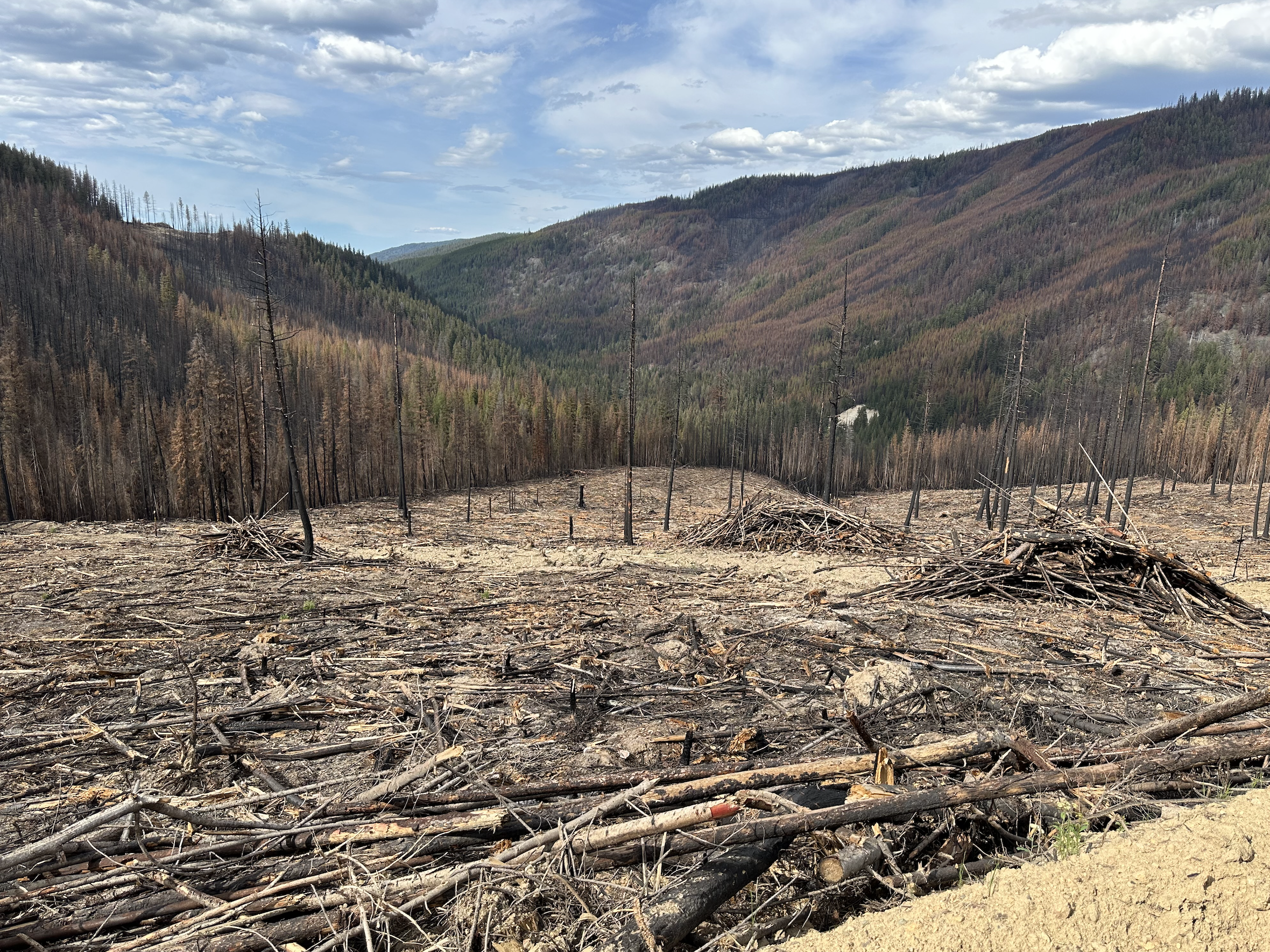
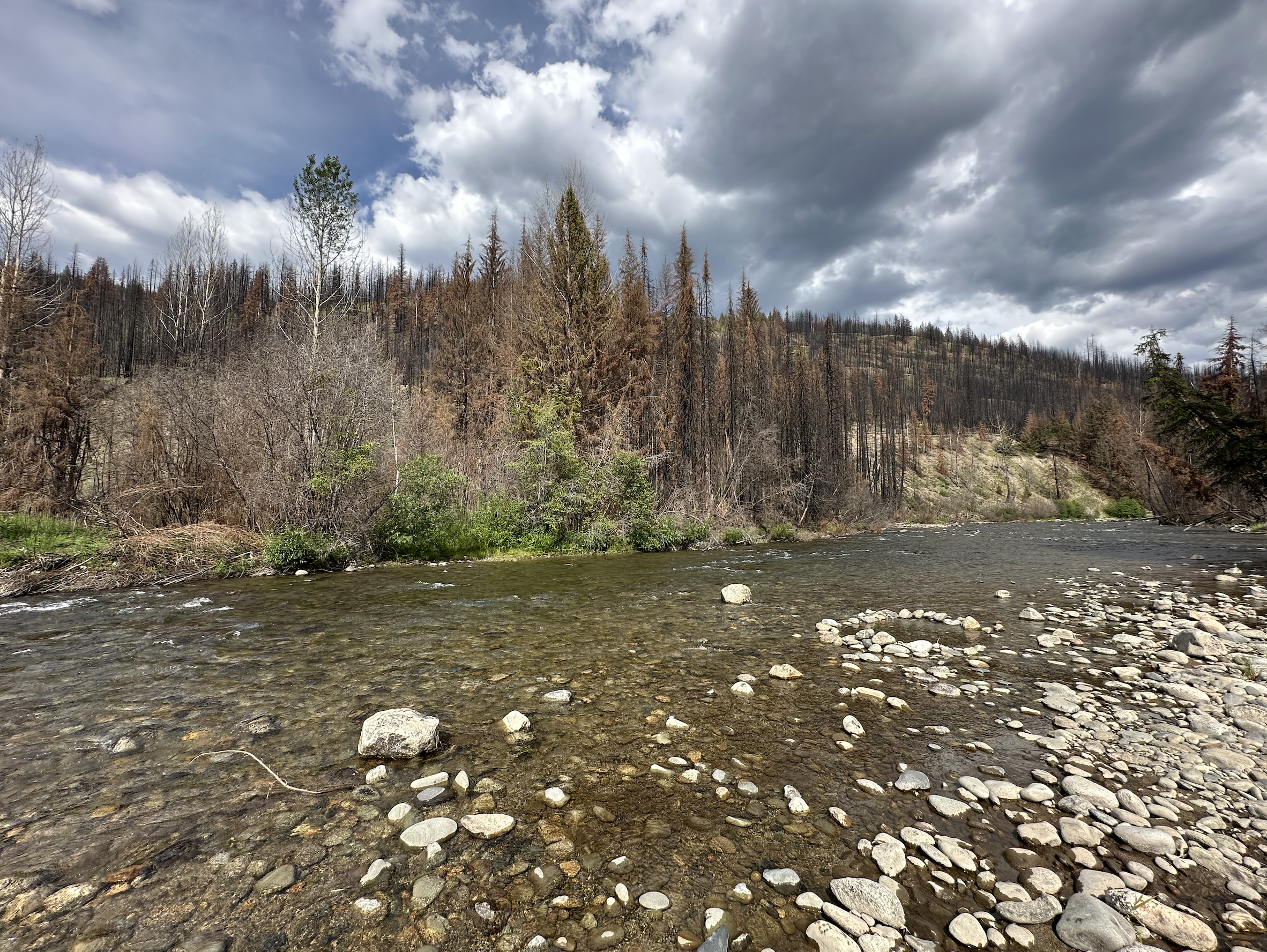
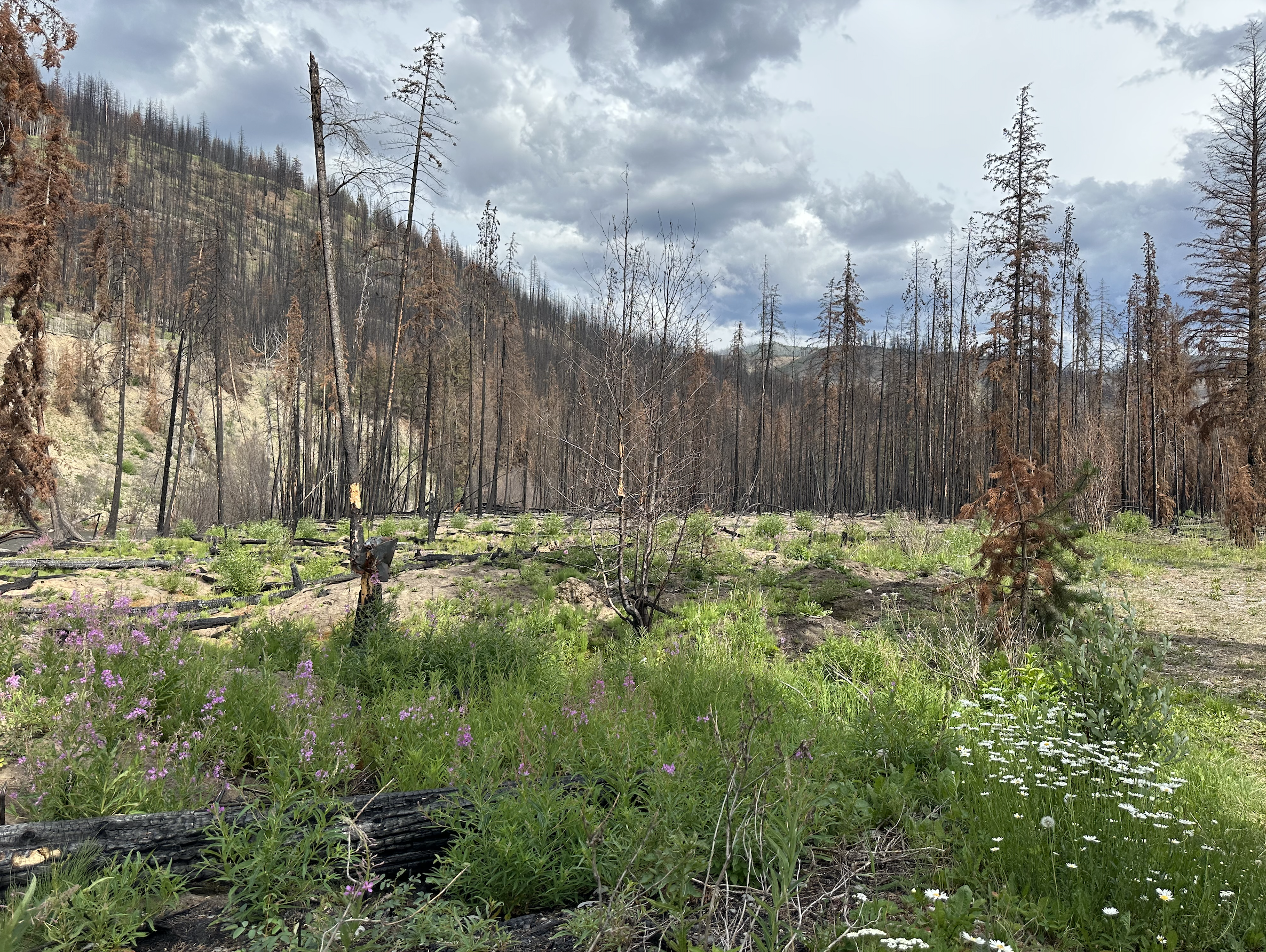
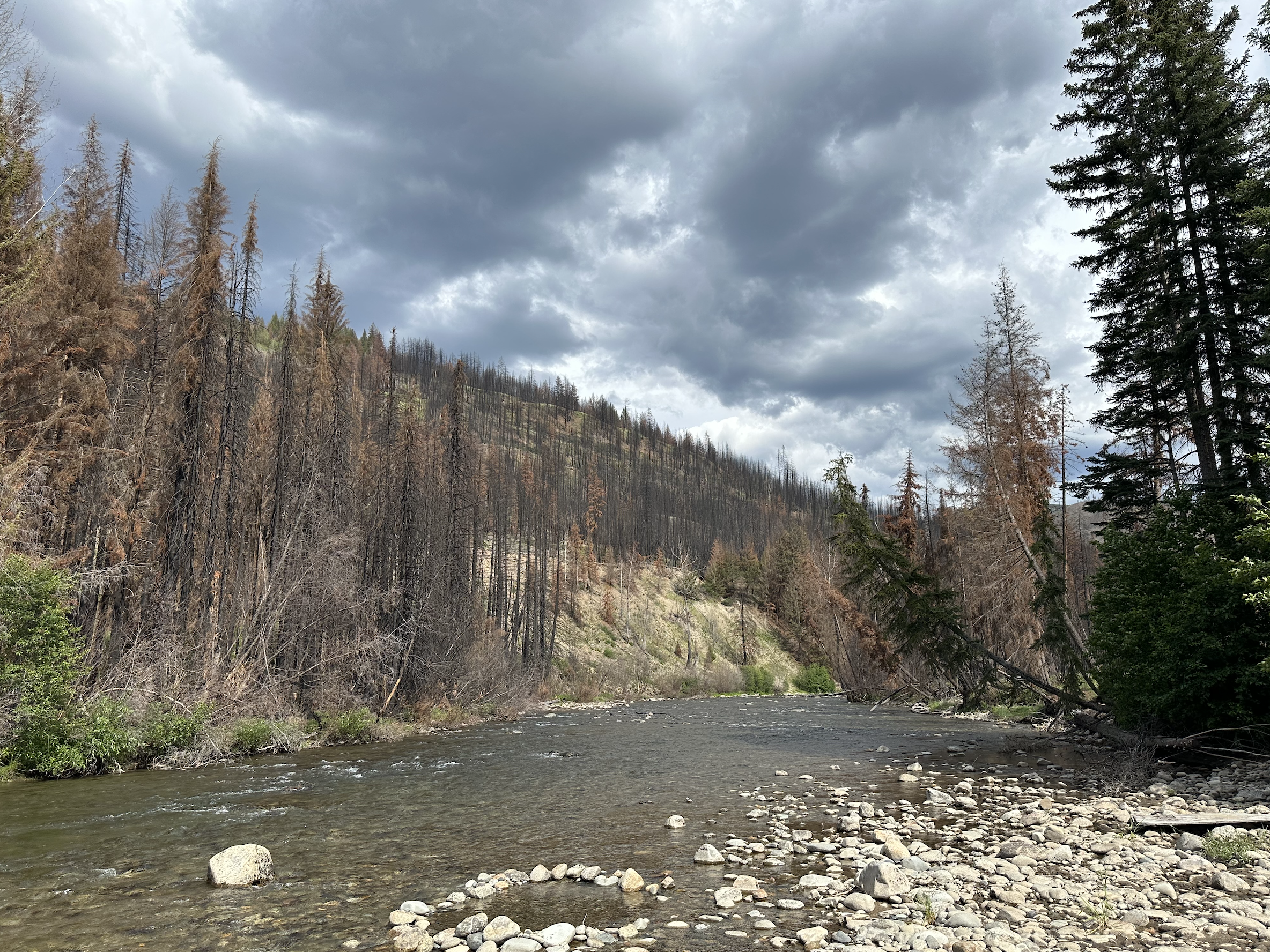
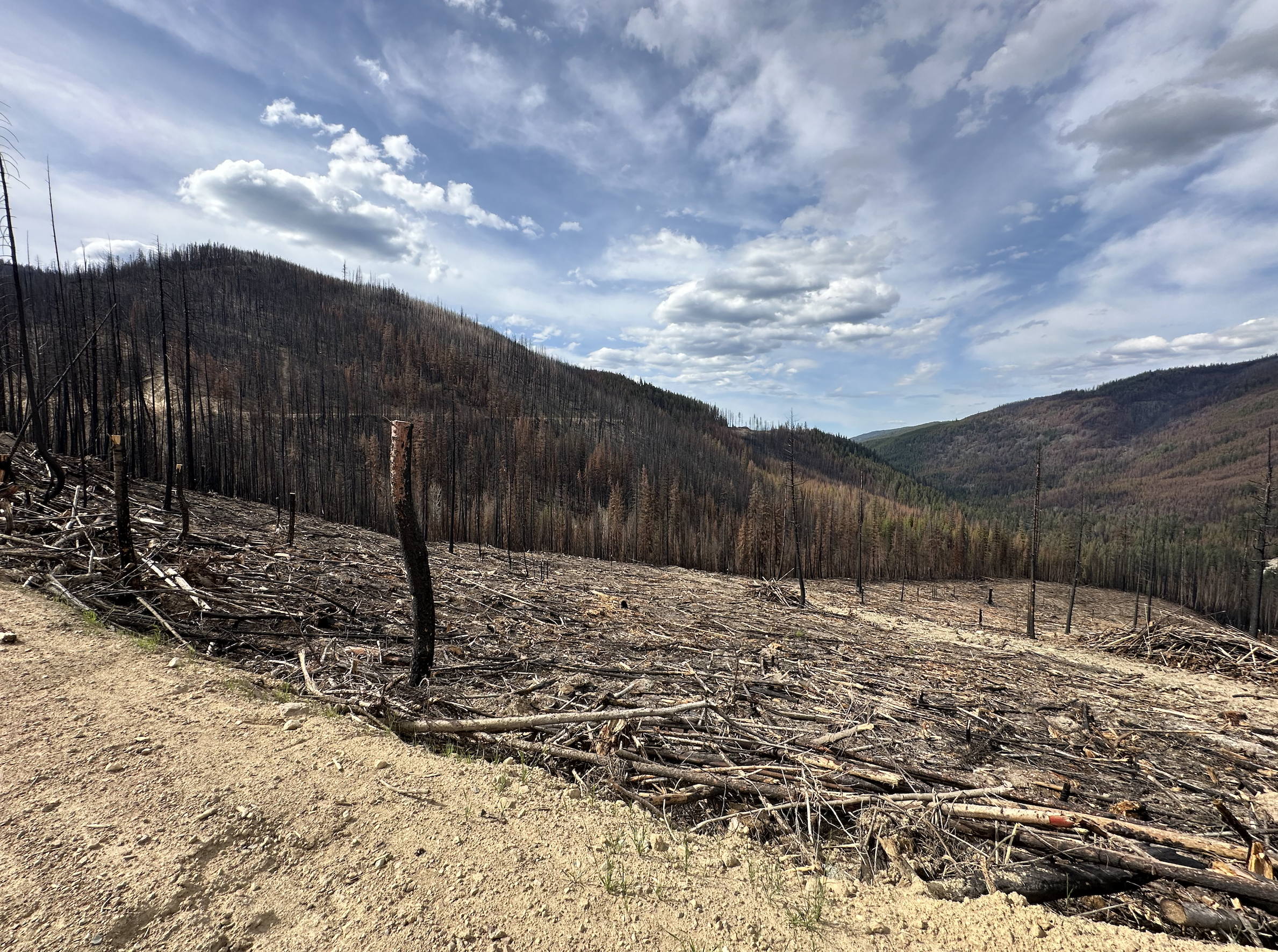
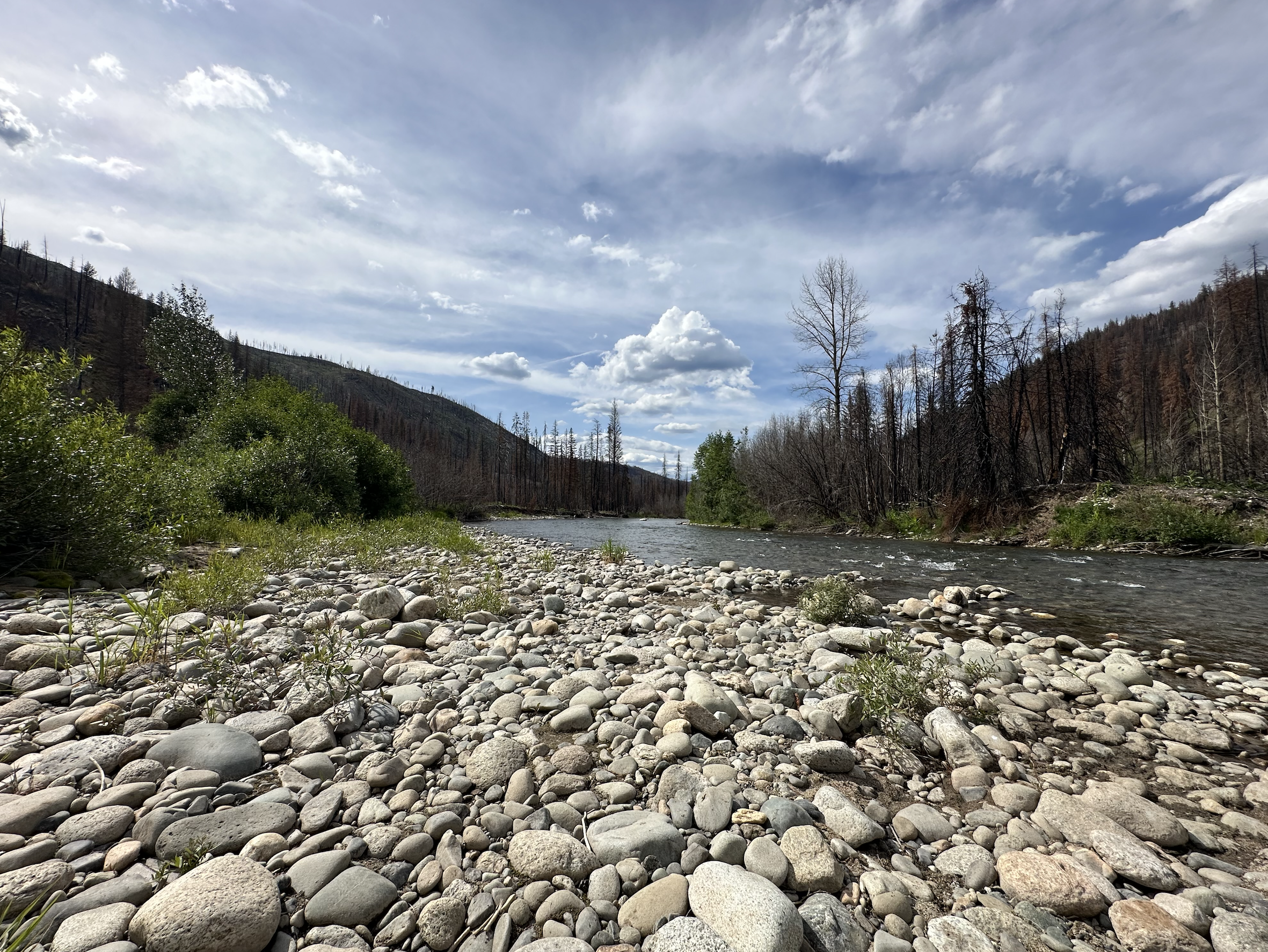
Safety and Maintenance
Exterior Temperatures
During burn, exterior surfaces become dangerously hot. We recommend using gloves and warning guests unfamiliar with this heat signature. Melted shoes and nylon fabrics are common mistakes with these models.
Cleaning and Storage
Some Solo Stove models includes a removable ash pan and elevated grate for easy morning cleanup. Fine ash production means less mess than traditional fire pits. A simple soft-bristled brush will remove stubborn particles. Shelters and lids protect the unit from rain and snow between uses, extending longevity.
Environmental Considerations
Always check provincial fire regulations. While Solo Stove reduces smoke and sparks, it is still an open-flame appliance. It is best suited for fire-safe zones or locations where biomass combustion is permitted.
Usability
Portability by Model
Mesa and Ranger models are highly portable, with included carry bags. Bonfire can be transported on an SUV or ATV, though it is bulkier when accessories are added. Yukon and Canyon are best for stationary use and backyard installations.
Setup and Operation
Fire setup is intuitive. Place smaller kindling and firestarter beneath the ring, light from the top, and let the airflow system do the rest. Fires stabilize within 5 to 10 minutes. Adding wood throughout the evening is easy and efficient—logs self-feed into the chamber with minimal stoking.
Value
Solo Stove delivers significant value through its engineering and combustion efficiency. The Bonfire 2.0 offers the most balance of portability and performance for Canadian use, especially in areas with fire bans or air-quality concerns. Camp stoves replace canister systems and are extremely cost-effective over the long term. The investment is higher than basic fire pits, but the efficiency, safety, and burn quality justify it.
Pros
- True low-smoke combustion with proper fuel
- Durable stainless steel design for years of use
- Efficient fuel use with minimal ash residue
- Portability options for different lifestyles and property sizes
- Wide range of modular accessories for cooking and heat management
- Compatible with Canadian fire restrictions when used responsibly
Cons
- Heat output is primarily vertical without a deflector
- Larger models consume significant fuel
- Accessories can increase total cost
- Surfaces become extremely hot—safety risks for kids and pets
Final Verdict
Solo Stove has delivered a scientifically engineered solution for those who want the heat and ritual of wood-burning fires without the mess, smoke, and inefficiency of traditional setups. From minimalist hikers using the Lite to rural homesteaders warming a patio with the Yukon, this product line is an excellent match for Canadian users looking to burn clean and stay warm. The Bonfire 2.0 is our top recommendation for most use cases due to its versatility, ease of transport, and mid-size heat radius.
If you’d like us to test and review your product with the same honest, hands-on approach, connect with us using our product review form or email us at reviews@wildbluebell.ca.
From our homestead to yours—stay warm, stay aware, and keep building the life you believe in.
*For technical specifications and user setup, download the Solo Stove user manual, fire pit manual, and bonfire manual instructional PDF guides.
